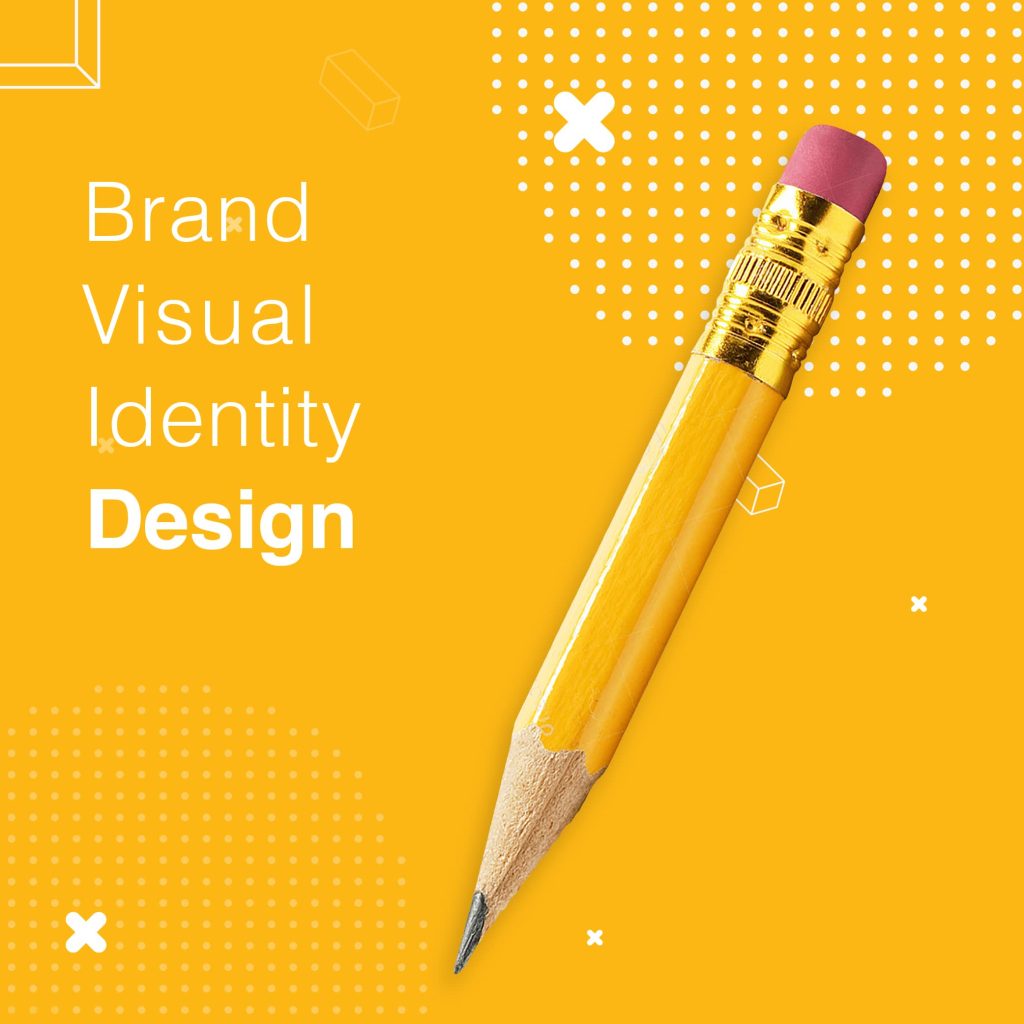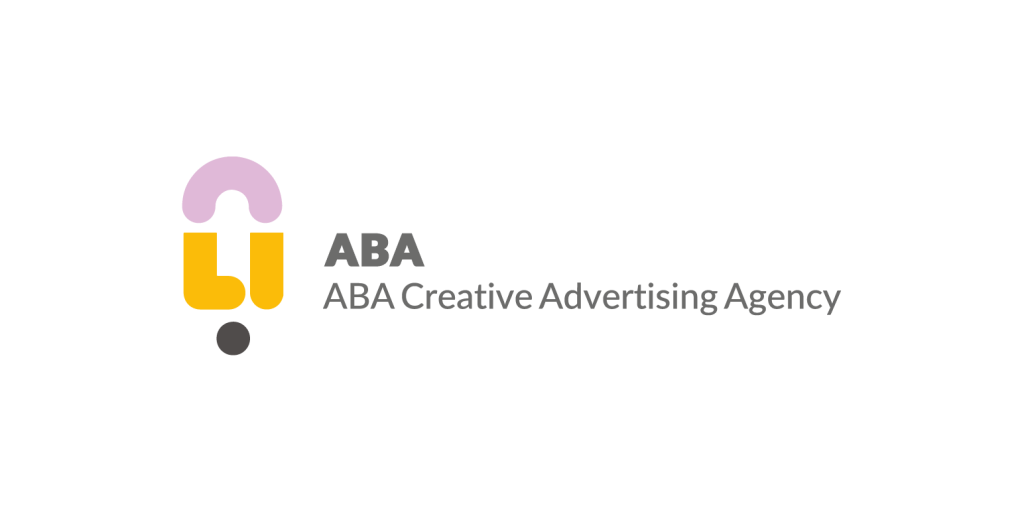- Home
- Services
- Sloutions
You can contact us to get the best solution
- Clients
- Campaigns
- Abamag
You can contact us to get the best solution
- Our Cataloge
- about us
- Contact us
Visual Identity Design
Visual identity design is one of the key components of a brand’s overall identity, playing a significant role in how a company is perceived by its target audience. This design involves the creation and execution of visual elements that reflect the values, personality, and goals of a brand. These elements help create a cohesive and recognizable image for the brand, distinguishing it from competitors and establishing an emotional connection with consumers.
In this article, we will explore the concept of visual brand identity, its essential components, its importance, and best practices for creating an effective and memorable visual identity that resonates with both current and potential customers.

What is Visual Brand Identity?
Definition of Visual Brand Identity
Visual brand identity is the collection of all visual elements that a brand uses to present itself to the world. This includes the logo, typography, color palette, imagery, and other graphic elements used in advertising materials, websites, packaging, and product designs. Together, these elements create a unique and cohesive visual language that reflects the brand’s core message and personality.
While branding encompasses broader aspects such as the emotional and psychological elements of a brand, visual identity focuses specifically on the aesthetic and tangible aspects that people interact with on a visual level.
The Role of Visual Identity in Branding
A brand’s visual identity helps create a lasting image in the minds of consumers. This image directly influences how people recognize and remember the brand, playing a key role in shaping customer perceptions. A strong visual identity can foster positive associations, increase brand loyalty, and ensure the brand stands out in a crowded market.
Key Components of Visual Brand Identity Design
Logo Design
The logo is often the focal point of a brand’s visual identity. It is the most recognizable element that represents the brand and is used across all touchpoints, from websites and packaging to social media profiles and marketing materials. A good logo should be:
– Simple: A clean, simple logo is easier to remember.
– Versatile: It should work well across all media and sizes, from small digital icons to large billboards.
– Timeless: A well-designed logo should withstand the test of time and avoid trends that quickly become outdated.
– Reflective of Brand Values: The design should convey the core message and values of the brand, whether it’s luxury, innovation, sustainability, or friendliness.
Color Palette
Colors play a crucial role in evoking emotions and associations. A carefully chosen color palette can help convey the essence of the brand and elicit specific reactions from the audience. Each color carries its own psychological connotations:
– Red: Energy, passion, excitement.
– Blue: Trust, calmness, professionalism.
– Green: Growth, sustainability, tranquility.
– Yellow: Optimism, clarity, warmth.
A brand’s color palette should be used consistently across all platforms, from digital assets to physical products, to create a cohesive look and feel.
Typography
Typography is another important element of a brand’s visual identity that can convey the brand’s personality and tone. Whether a brand wants to appear bold and modern or elegant and classic, the choice of fonts plays a major role in how it communicates. Typography choices should be:
– Aligned with Brand Personality: Serif fonts often evoke a traditional or trustworthy feel, while sans-serif fonts tend to look more modern and clean.
– Readable: Fonts should be legible across all devices and media, ensuring accessibility for all users.
– Harmonious: If multiple fonts are used, they should complement each other and work together without causing visual clutter.
Imagery and Photography
Imagery and photography also contribute to a brand’s visual identity. Whether a brand uses stock images, original photography, or artwork, the chosen visuals should align with the brand’s tone, values, and target audience. For example:
– Minimalist Imagery: Can convey a sense of luxury or modernity.
– Vivid and Bold Imagery: Can evoke energy and excitement, appealing to a younger audience.
– Authentic and Real Photography: Can build trust and credibility, especially for brands that focus on storytelling or real-life experiences.
Graphic Elements and Patterns
In addition to logos, colors, and typography, other graphic elements like icons, patterns, textures, and shapes are also important parts of a brand’s visual identity. These elements should be strategically used to enhance the brand’s visual appeal and create consistency across different platforms and touchpoints.
Brand Guidelines
Brand guidelines, often referred to as a brand book, are essential for maintaining consistency in a brand’s visual identity. This document outlines how all visual elements should be used, ensuring that every piece of content—whether an ad, website, or packaging—remains true to the brand identity. The guidelines typically include:
– Logo Usage: Instructions on how and how not to use the logo (size, spacing, placement).
– Color Scheme: Exact color codes for digital and print use (RGB, HEX, CMYK).
– Typography Rules: Which fonts to use and in what context.
– Image Guidelines: The style of imagery that aligns with the brand.
Why is Visual Brand Identity Important?
First Impressions are Visual
In the digital age, consumers often encounter a brand for the first time through visual media, such as a website or social media. A well-designed visual identity ensures that this first encounter is positive, sparks curiosity, and encourages further engagement.
Brand Recognition and Recall
Consistent use of visual elements helps customers immediately recognize a brand, whether they’re seeing an advertisement, product, or social media post. Over time, repeated exposure to cohesive visual cues helps reinforce brand recall, making it easier for consumers to choose that brand over competitors.
Emotional Connection
Humans are visual creatures, and certain colors, shapes, and images can evoke strong emotions. A well-designed visual identity can connect with consumers on a deeper, more emotional level, fostering brand loyalty and long-term relationships.
Differentiation from Competitors
A unique and carefully crafted visual identity helps a brand stand out in a crowded market. It can make a brand appear more professional, trustworthy, innovative, or relatable, depending on the values it aims to convey.
Consistency Builds Trust
Consumers are more likely to trust a brand that presents itself consistently across all platforms. Inconsistent branding can confuse customers, dilute the brand’s message, and even make it appear less reliable. A strong visual identity ensures that customers experience the same core values and messages whenever and wherever they interact with the brand.
Best Practices for Creating an Effective Visual Brand Identity
Understand the Brand’s Values and Mission
Before starting the design process, it’s essential to have a clear understanding of what the brand stands for. This guides all visual decisions and ensures that the visual identity aligns with the brand’s message and resonates with the target audience.
Know the Target Audience
Design choices should be based on a deep understanding of the people the brand aims to attract. Different audiences have different design preferences and expectations. For example, a luxury fashion brand will have a completely different visual identity from a tech startup targeting young professionals.
Simplicity and Flexibility
While standing out is important, overly complex designs can detract from brand recognition. A simple, clean design is often more memorable. Flexibility is also key; the design should work across various formats, from digital to physical products, without losing its impact.
Consistency is Key
Whether designing a website, a business card, or a social media post, all elements should be consistent. This includes using the same colors, fonts, and logo placement to create a unified and cohesive look. Consistency increases customer trust and strengthens brand recognition.
Test and Gather Feedback
Before launching a new visual identity, it’s crucial to test it with the target audience. Gathering feedback ensures that the visual identity conveys the intended message and resonates with the target market. This can prevent costly redesigns in the future.
Conclusion
Visual brand identity is a powerful tool that helps companies connect with their audience, gain recognition, and differentiate themselves in competitive markets. By focusing on key elements like logo design, color palette, typography, imagery, and consistency, brands can create a lasting and memorable impact. In today’s fast-paced, visually driven world, investing in a strong visual identity is essential for long-term success.
Whether you are a new brand looking to make an impression or an established company seeking a rebrand, focusing on building a visual identity that is both cohesive and impactful can be the difference between blending in or standing out in the market. By following best practices and ensuring alignment with brand values and target audience preferences, companies can create a visual identity that not only looks good but also creates meaningful connections and drives business growth.

Ways of communication
- Tehran Province, Tehran, Fathi Shaqaqi St, No. 118, Iran
- +9892188023723
- +980121408098
- info@abamedia.com
تمام حقوق مادی و معنوی این وب سایت متعلق به موسسه فرهنگی دیجیتال آرزوهای بزرگ امروز میباشد.
